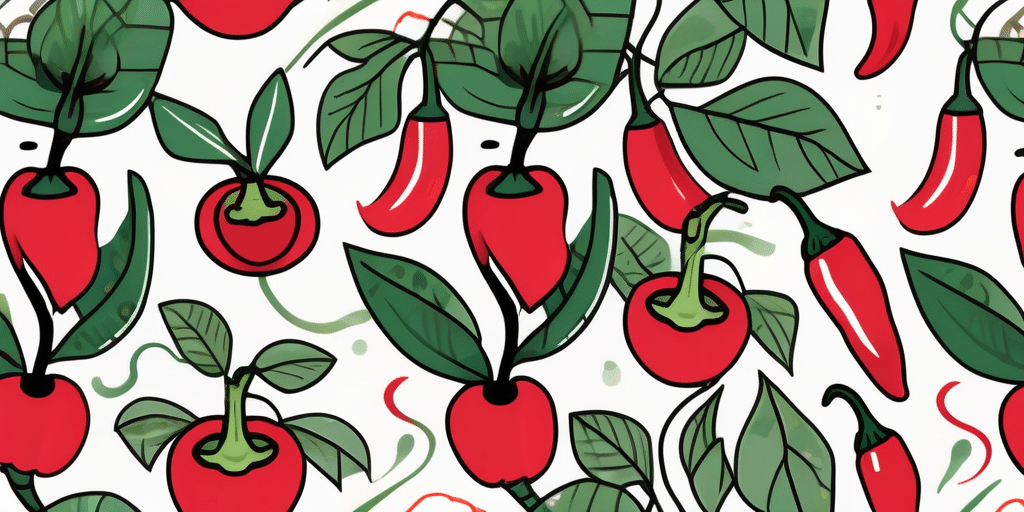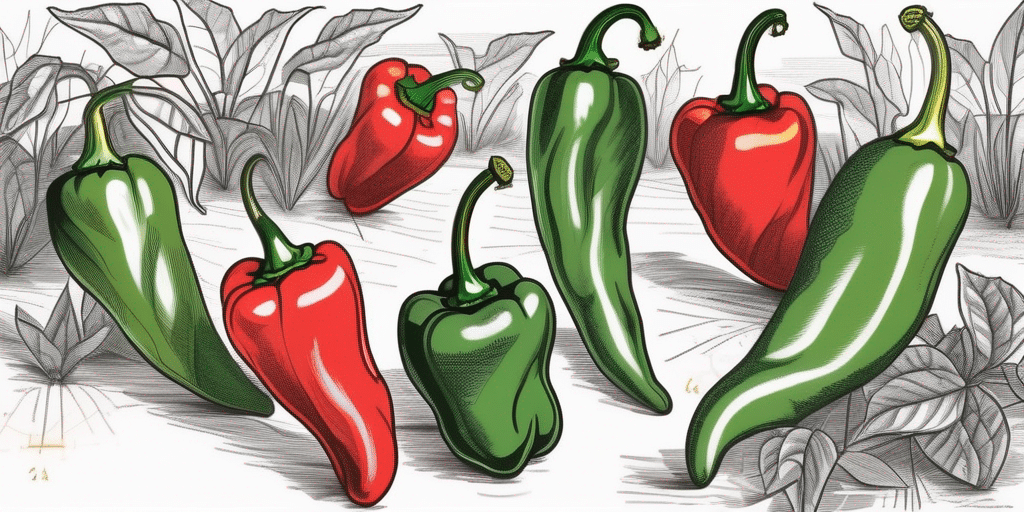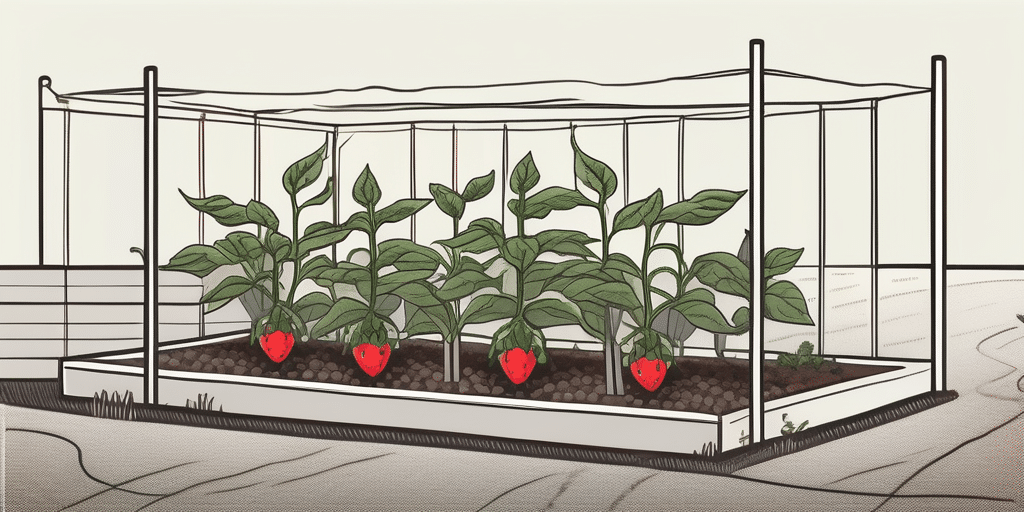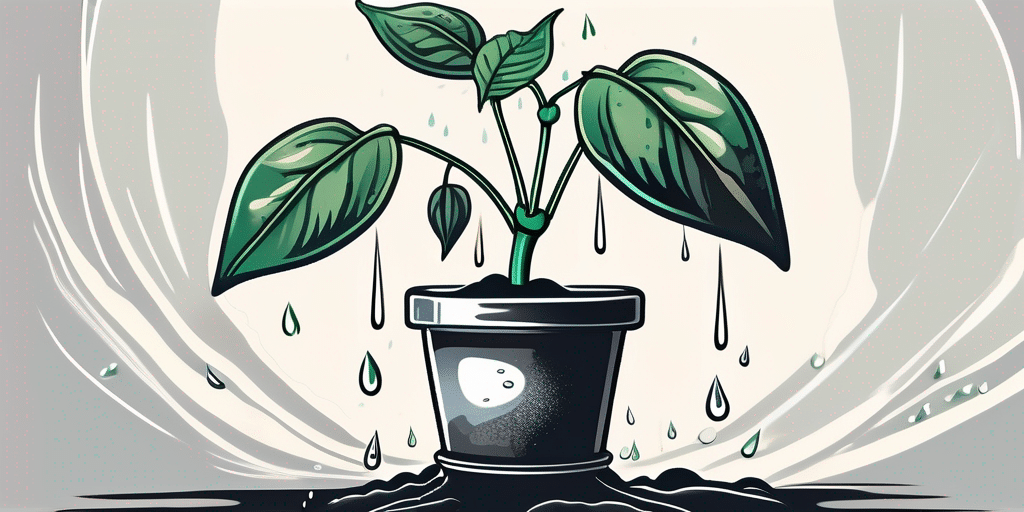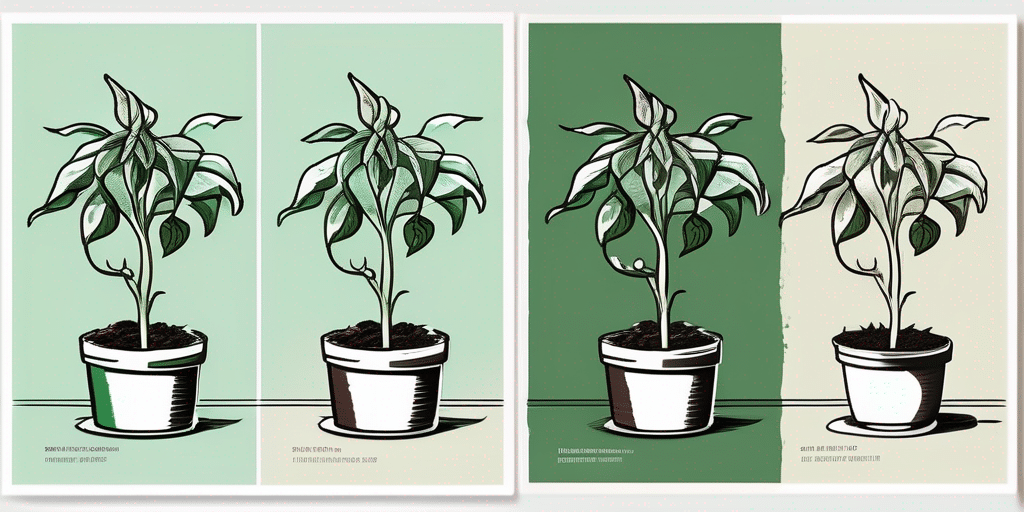Peppers, whether sweet or spicy, are a versatile ingredient that can add flavor and depth to a variety of dishes. However, their shelf life can be limited, especially once they’ve been cut open. Knowing how to properly store and preserve peppers can extend their usability and reduce food waste. In this guide, we’ll explore the best methods for storing fresh peppers, freezing peppers, and preserving peppers through canning and pickling.
Storing Fresh Peppers
When it comes to storing fresh peppers, the key is to create an environment that slows down the ripening process. According to the United States Department of Agriculture, peppers are best stored in a cool, humid environment.
However, it’s important to note that not all peppers should be stored in the same way. Different types of peppers have different storage needs, and understanding these can help you keep your peppers fresh for as long as possible.
Storing Bell Peppers
Bell peppers, known for their sweet flavor and crunchy texture, are a staple in many kitchens. To maximize their shelf life, follow these steps:
- Do not wash the peppers until you’re ready to use them. Moisture can promote the growth of mold and bacteria.
- Store the peppers in the crisper drawer of your refrigerator. The ideal storage temperature for bell peppers is between 45 and 55 degrees Fahrenheit.
- If you’ve already cut the bell pepper, wrap it tightly in plastic wrap or place it in a sealed container. Cut peppers should be used within 2-3 days for the best quality.
Storing Hot Peppers
Hot peppers, such as jalapenos and habaneros, have slightly different storage needs. Here’s how to store them properly:
- Like bell peppers, do not wash hot peppers until you’re ready to use them.
- Store whole hot peppers at room temperature if you plan to use them within a week. For longer storage, keep them in the refrigerator.
- For cut hot peppers, remove the seeds and membrane, then store in a sealed container in the refrigerator. Use within 2-3 days.
Freezing Peppers
Freezing is a great way to preserve the freshness of peppers for a longer period of time. Both bell peppers and hot peppers can be frozen with excellent results. According to the National Center for Home Food Preservation, peppers can be frozen raw without blanching.
Here’s how to freeze peppers:
- Wash the peppers thoroughly and dry them completely.
- Remove the stems and seeds, then cut the peppers into your desired size and shape.
- Spread the cut peppers out on a baking sheet and freeze them until they’re firm. This step, known as flash freezing, helps to prevent the peppers from sticking together.
- Once the peppers are frozen, transfer them to a freezer-safe bag or container. Be sure to squeeze out as much air as possible to prevent freezer burn.
- Label the bag or container with the date, and use the frozen peppers within 6-8 months for the best quality.
Preserving Peppers
For long-term storage, preserving peppers through canning or pickling is an excellent option. These methods not only extend the shelf life of the peppers, but they can also enhance their flavor.
Canning Peppers
Canning is a process that involves placing foods in jars and heating them to a temperature that destroys microorganisms and inactivates enzymes. This process, when done correctly, can preserve the quality of peppers for up to a year. The National Center for Home Food Preservation provides a comprehensive guide on how to safely can peppers.
Pickling Peppers
Pickling is another popular method for preserving peppers. This process involves soaking the peppers in a brine solution, which helps to preserve them and gives them a tangy flavor. Here’s a simple recipe for pickling peppers:
- Wash and dry the peppers, then cut them into slices.
- In a pot, combine equal parts vinegar and water. Add salt and sugar to taste, then bring the mixture to a boil.
- Add the pepper slices to the boiling brine and cook for 2-3 minutes.
- Using a slotted spoon, transfer the peppers to sterilized jars. Pour the hot brine over the peppers, leaving 1/2 inch of headspace at the top of the jar.
- Seal the jars and process them in a boiling water bath for 10 minutes.
- Allow the jars to cool completely before storing them in a cool, dark place. The pickled peppers will be ready to eat after about a week, and they can be stored for up to a year.
Whether you’re a fan of sweet bell peppers or spicy hot peppers, knowing how to properly store and preserve them can help you enjoy their flavor all year round. So the next time you find yourself with a surplus of peppers, don’t let them go to waste – store, freeze, or preserve them instead!
Keep Your Peppers Thriving with Expert Tips!
Now that you know how to store and preserve your peppers, why not take your gardening skills to the next level? Subscribe for free to How to Grow Everything and learn how to build the garden of your dreams! Receive personalized gardening advice tailored to your location, grow zone, and experience level. Enjoy the best gardening tips, special offers, and deals delivered straight to your inbox. Join our family of gardening enthusiasts and make the most of your garden – 100% free, no spam, just pure gardening gold.

